The South Side Community Art Center is proud to be governed by a diverse board of professionals, educators, artists, art enthusiasts and collectors who are dedicated to ensuring the center fulfills its mission to preserve, conserve and promote the legacy and future of African American artists while educating the community on the value of art and culture.

“I welcome the opportunity to create, collaborate and honor our history while at the same time forging new paths that will help to ensure that our programming continues to celebrate the rich cultural history of Bronzeville, the African American artist, and the City of Chicago while inspiring and showcasing the next generation of great artists.”
Monique Brinkman-Hill
Executive Director
STAFF
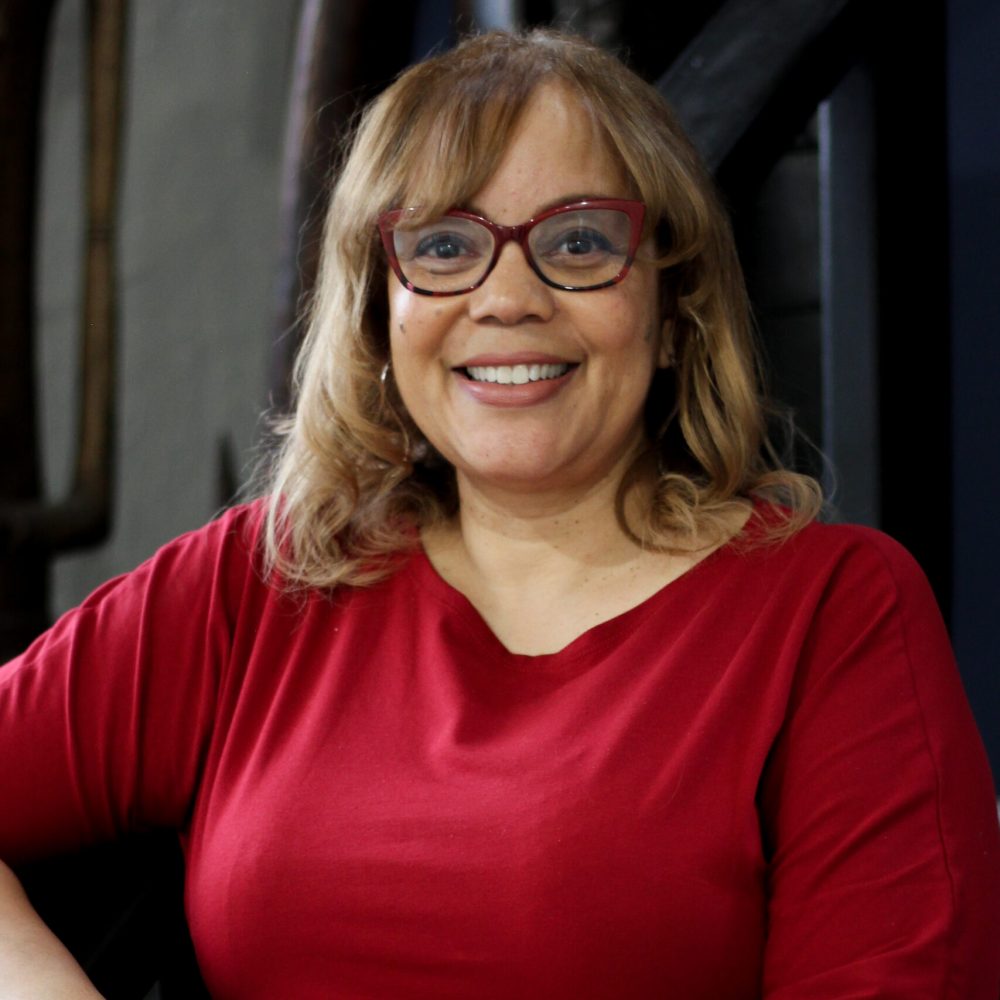
MONIQUE BRINKMAN-HILL
EXECUTIVE DIRECTOR

Jada-Amina H.
public programs & engagement manager
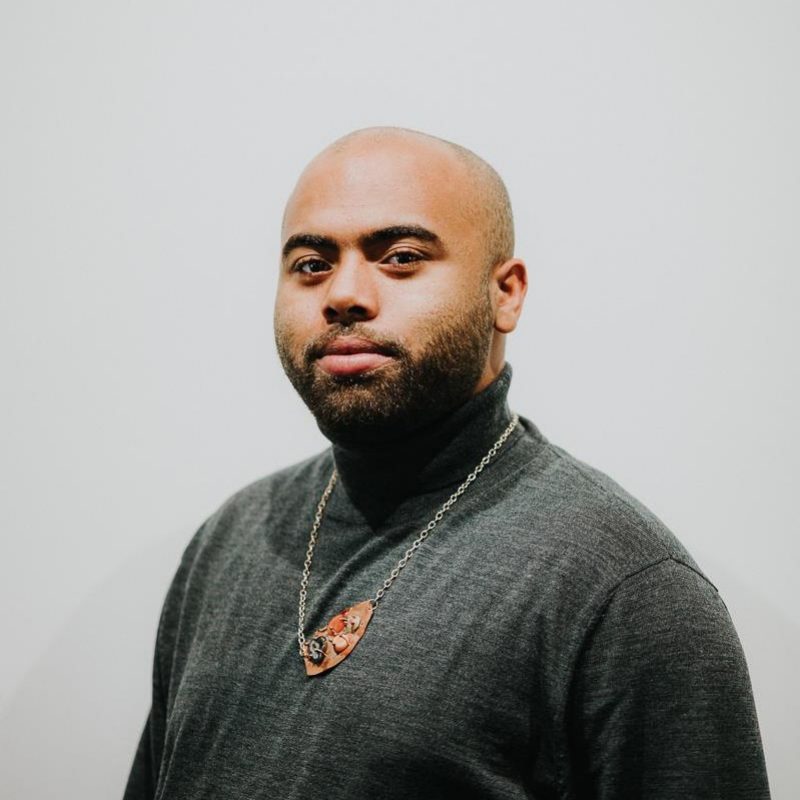
LAMAR GAYLES
archives and collections manager
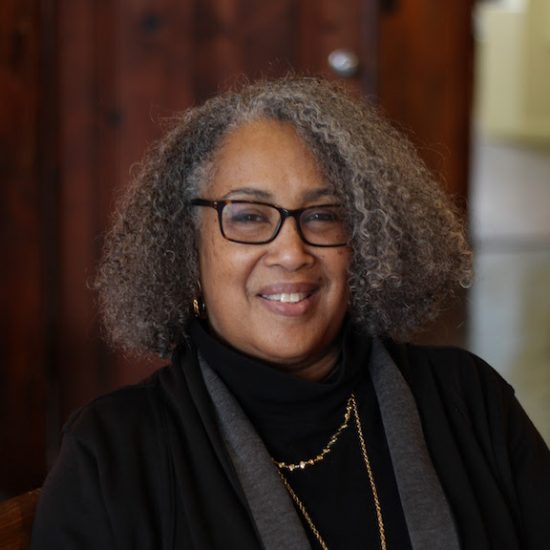
marti worell
membership and audience development manager
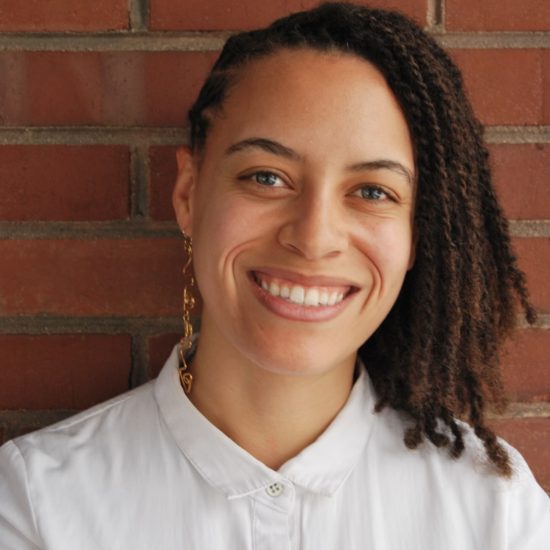
BETHANY HILL
Archives Fellow
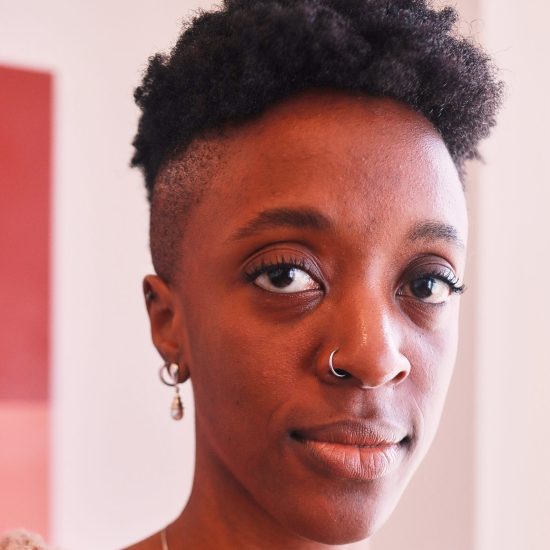
ETITI AYENI
OPERATIONS MANAGER
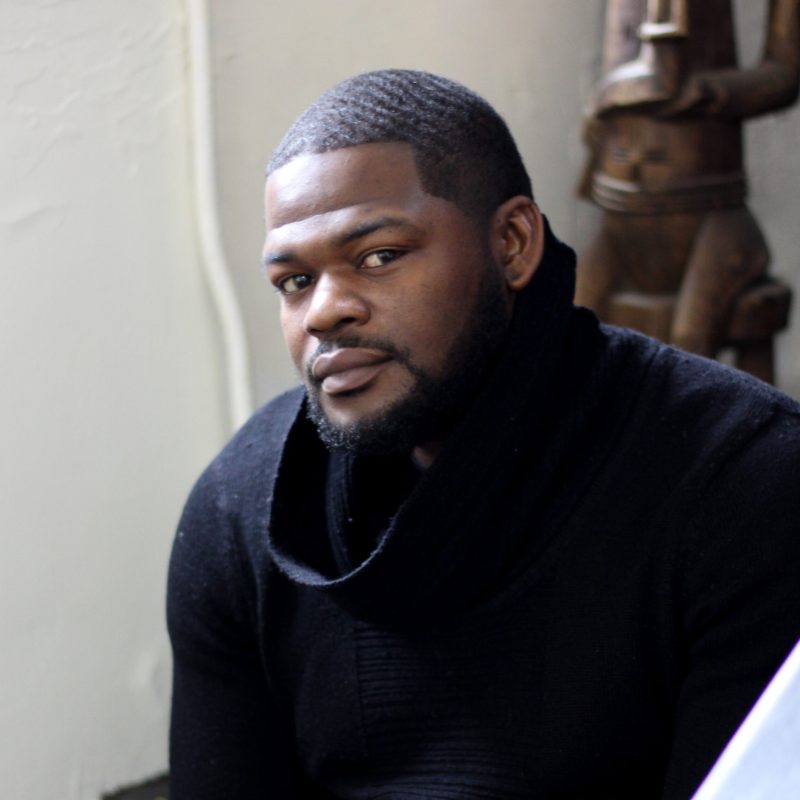
LENNELL DAVIS
facilities manager
BOARD MEMBERS
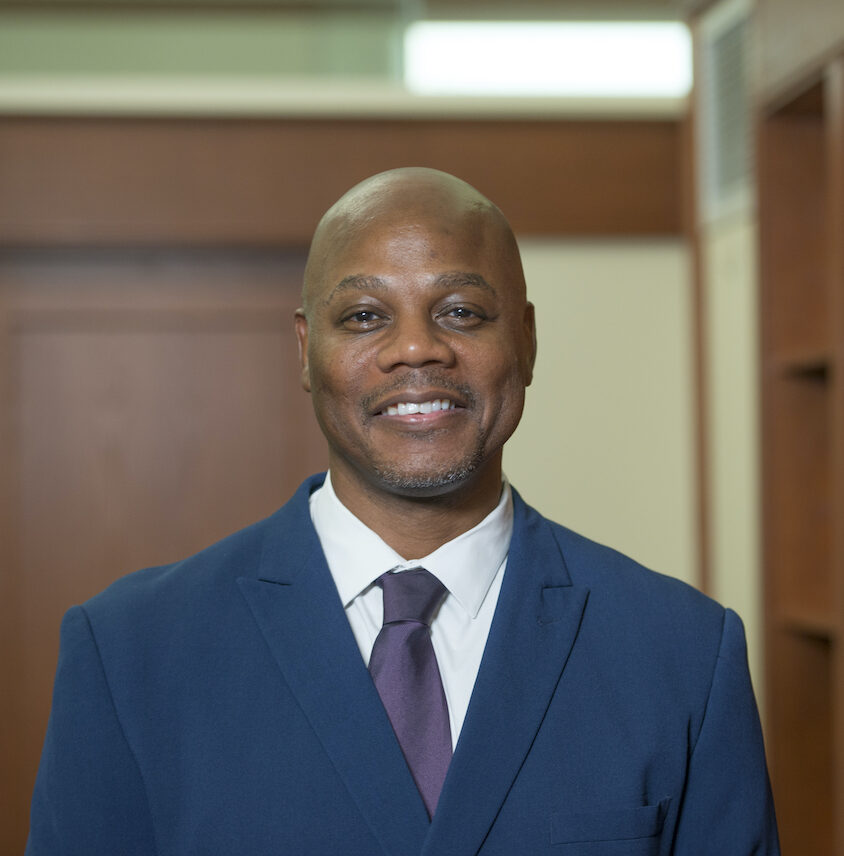
BRYAN PERRY
Board Co-Chair
Vice President and General Counsel, for Northern Illinois University (NIU)

BILL MICHEL
ASSISTANT TREASURER
Executive Director, The Reva and David Logan Center for the Arts, The University of Chicago
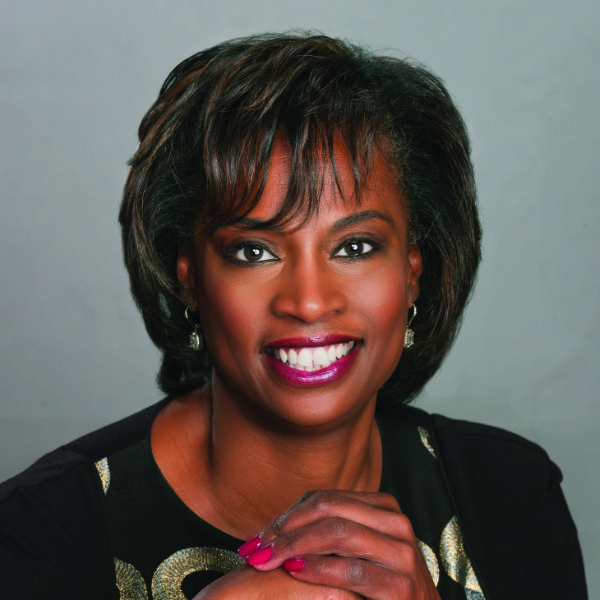
TWYLER L. JENKINS
Board Co-Chair
CEO and Chief Strategist of Strategic Events Solutions, Founder and CEO of I Am That Woman Movement & Retreat.

PHILLIP M. GANT III
MEMBER
Retired Advertising Executive
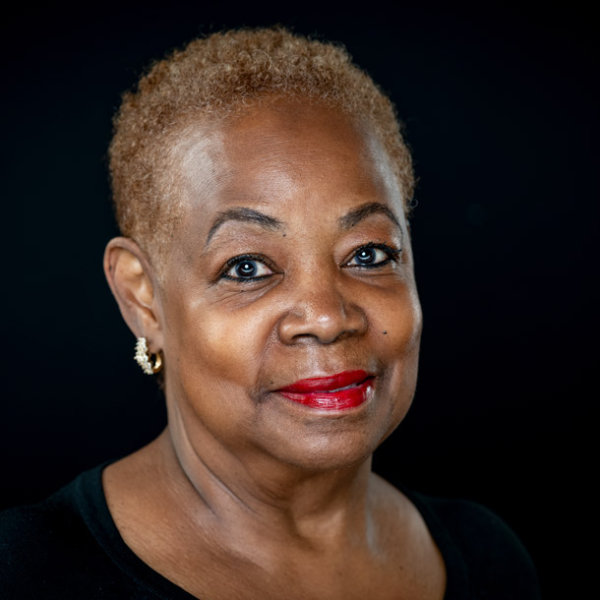
JENNIFER HALE
VICE-PRESIDENT
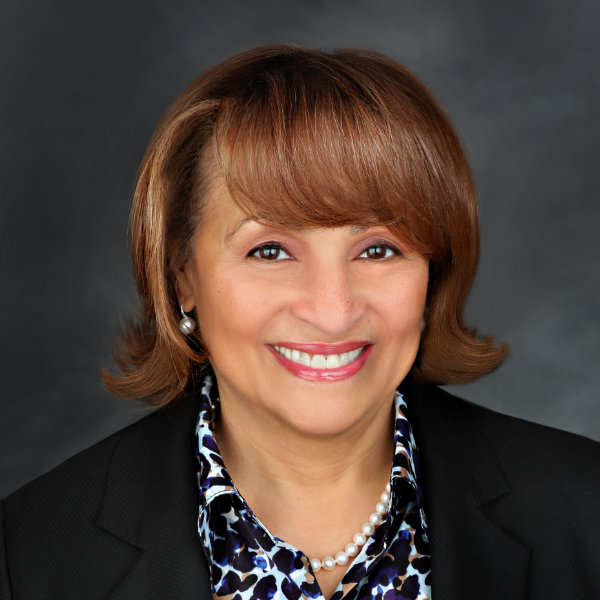
JUDY MATHEWS
TREASURER
Founder and President of Community Interface, Inc.
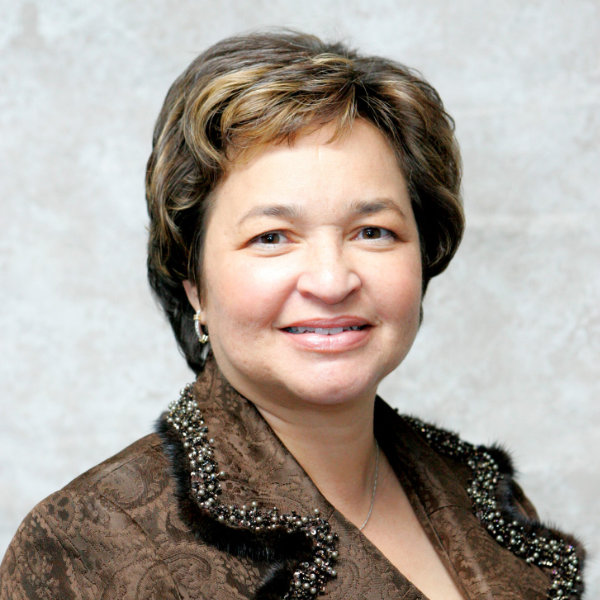
SUSAN DAVENPORT SMITH
MEMBER
Apostolic Faith Church
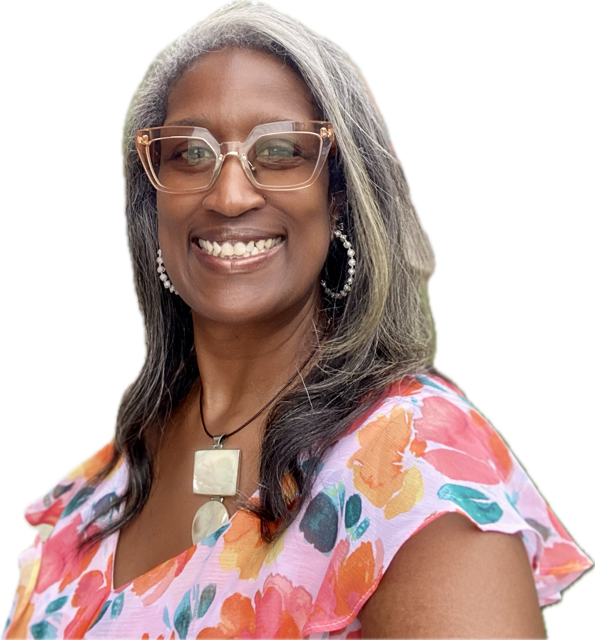
ALICIA BUNTON
MEMBER
AVP - Community Affairs & Engagement
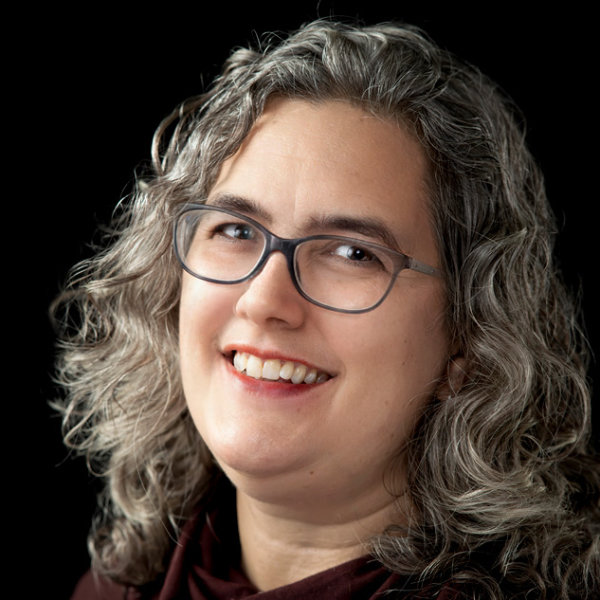
REBECCA ZORACH
MEMBER
Mary Jane Crowe Professor in Art and Art History at Northwestern University Weinberg College of Arts & Sciences
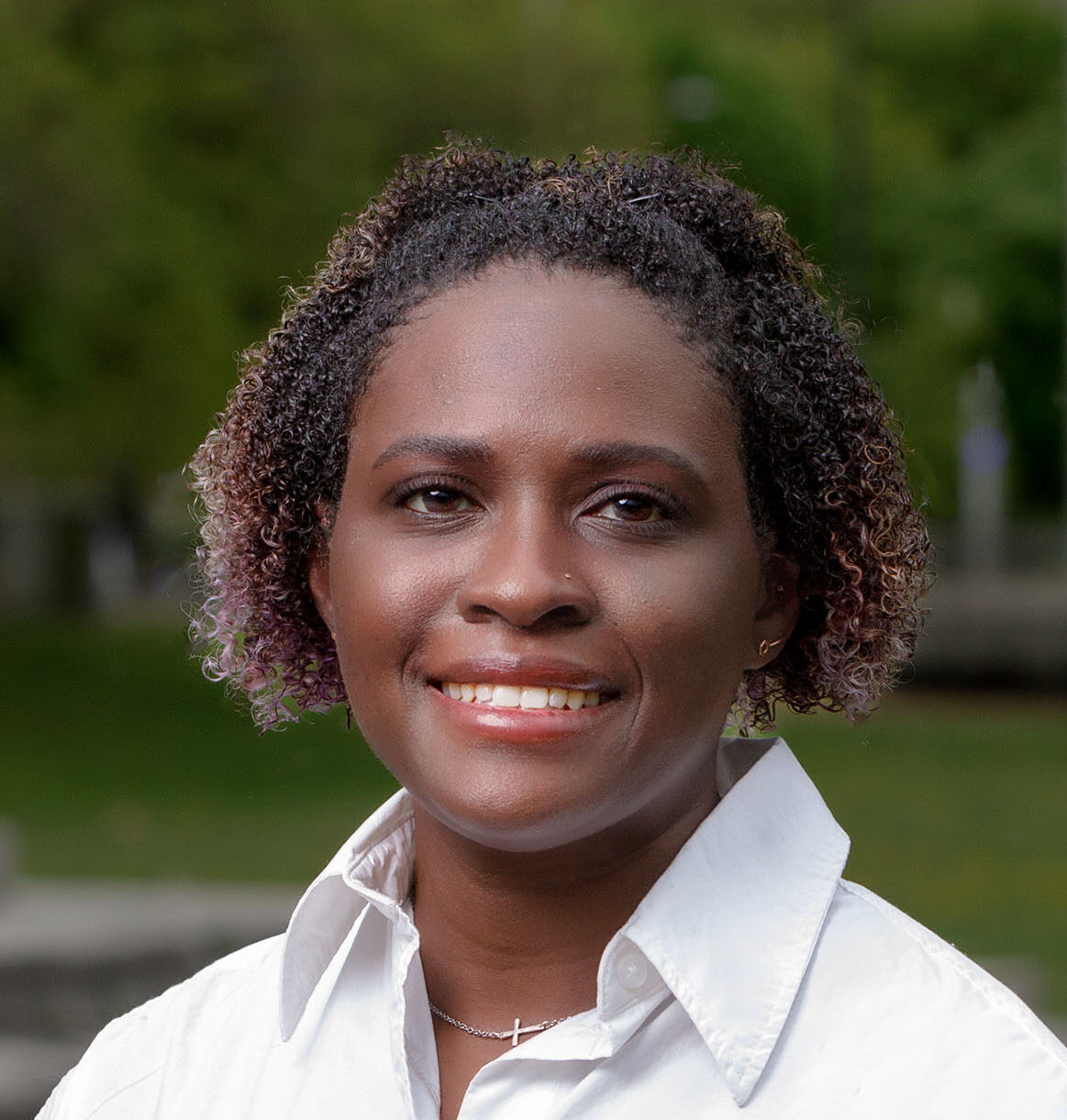
BIANCA YARBOROUGH
MEMBER
MEP Superintendent

LANCE F.GOUGH
MEMBER
Executive Director of the Chicago Board of Election Commissioners

ROBERT GUTTMAN
MEMBER
Public Company Executive & General Counsel (Retired)
Emeritus Board Members are former members of the board of directors who have completed his/her service as a director and continue to be associated with the organization as an adviser.
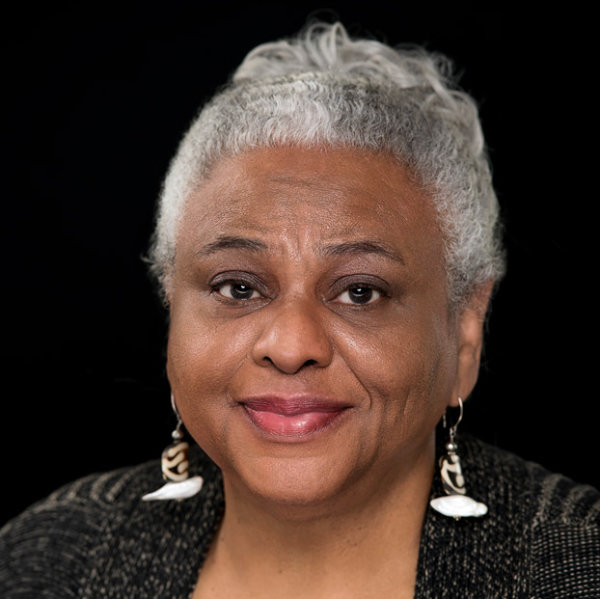
Arcilla Stahl
SSCAC Historian, Collector, Former Director of Supplier Diversity at SBC Ameritech



